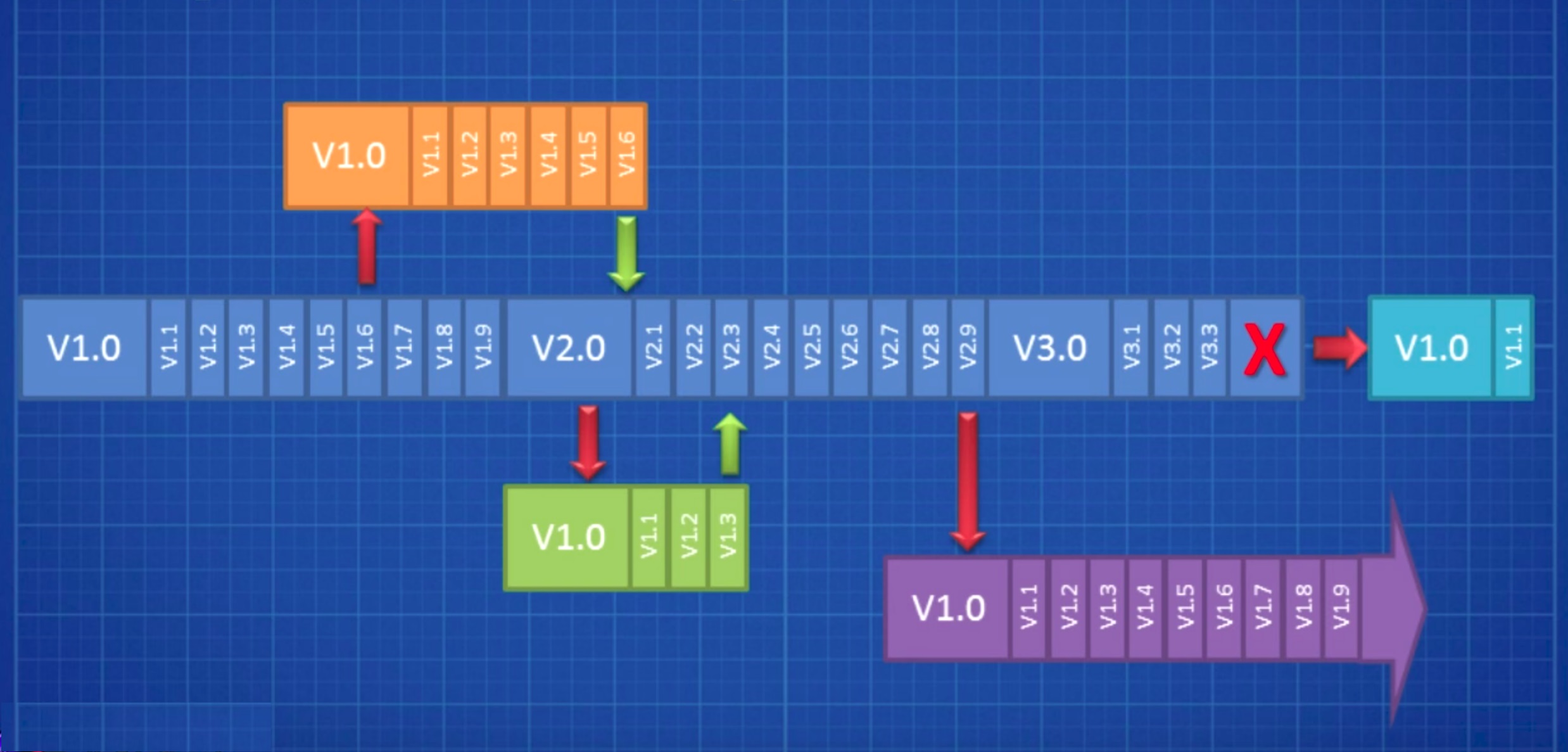

Last weekend a gloomy Financial Times newspaper column about global debt levels reminded me of some of the reasons I remain optimistic about our future (both technological and economic). Here is the gloom I read:
"What if, though, there is just too much capital in the world to support the income streams that have been promised? Capital, whether debt or equity, is a promise, collectively an intergenerational commitment. What if global income growth, or even national income growth, cannot cover the cost of servicing capital? Then the capital market machinery would have to shift into generating capital losses rather than returns. That is the environment we are facing."
Though yes, there is probably far too much debt on this planet, I'm not nearly as pessimistic as the columnist about the prospects for the global economy. I'm so old, I remember that when I was 30 it seemed the world had come to the end of productivity growth…and then the Internet happened.
Today, so many exciting things are going on in the cloud software world that my bet is we will see very large improvements in the way things are done (= higher productivity + innovation). The difficulty in perceiving this now is that there is no thing to "see" with this software.
In the 1980s PC era, people could see a PC, its screen, interfaces, watch it operate, etc., and quickly envision things that a PC could do better than existing tech. Everyone could see at least part of the shift from mainframes and minicomputers to the PC that began then. The same is true for the shift to mobile computing which exploded with the 2007 introduction of the iPhone. That revolution centered around a new and revolutionary device that people could see, touch, hold, and play with.
With cloud software (especially today’s hot containerization and orchestration software), very few people can get an equivalent viewpoint. The software goodness remains hidden in code until that code is applied to a task. That application process is still difficult, but it’s getting easier all the time.
The underlying reason for my personal optimism isn’t because I possess a more comprehensive view of this fast-changing field. I’m optimistic first because of the unprecedented level of collaboration that is driving new software into our infrastructures (IT, telecommunications, transportation, and eventually industrial). Second, because this collaboration is driving development progress at an ever faster pace.

The business ecosystems developing around Docker, Kubernetes, and related software projects represent a sharing of intellectual property in order to develop compatible commercial products. This is pretty much the model used for Linux, and of course the same organizations like the Linux Foundation are managing this effort.
So please excuse me for being an optimist today. At next week’s ARC Industry Forum in Orlando ARC will be sharing some examples of industrial leaders who are figuring out how to use new technology (including new software) to transform industrial operations. I hope you will join us.

